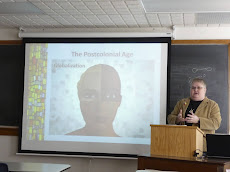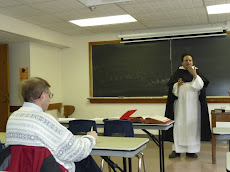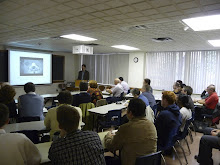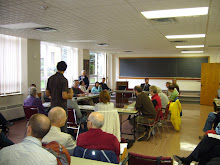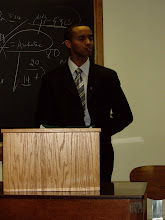Sor Juana Inés de la Cruz and the Villancico: Poetry at the service of liturgy in seventeenth century Mexico
by Rev. Marcos Ramos, O.P., B.A., M.A., MDiv, ThM, PhD. cand. (St. Michael’s College)
 Sor (Sister) Juana Inés de la Cruz (1651-1695) was a Mexican nun and poet who was not only an important writer of the Baroque period, but also considered the first great Latin American writer. Her remarkable life and work was praised during her lifetime, being called The Tenth Muse in a time when scholarship in women was not encouraged nor appreciated. Sor Juana has been praised for centuries for her literary skills, with recent scholarship dedicated to the theological nature of her work and her contribution to feminist issues.
Sor (Sister) Juana Inés de la Cruz (1651-1695) was a Mexican nun and poet who was not only an important writer of the Baroque period, but also considered the first great Latin American writer. Her remarkable life and work was praised during her lifetime, being called The Tenth Muse in a time when scholarship in women was not encouraged nor appreciated. Sor Juana has been praised for centuries for her literary skills, with recent scholarship dedicated to the theological nature of her work and her contribution to feminist issues. This presentation will concentrate on Sor Juana's villancicos (carols), a literary form very popular in the New Spain and used in the Church as a didactic tool to evangelize through poetry and music. We will present different examples of Sor Juana's villancicos in order to analyze her theology and her views about the Christian tradition as well as her views as a woman and a Mexican. The discussion about Sor Juana's works will also be related to the importance of art in liturgy and the unique and fascinating poetry and music of colonial Latin America.






